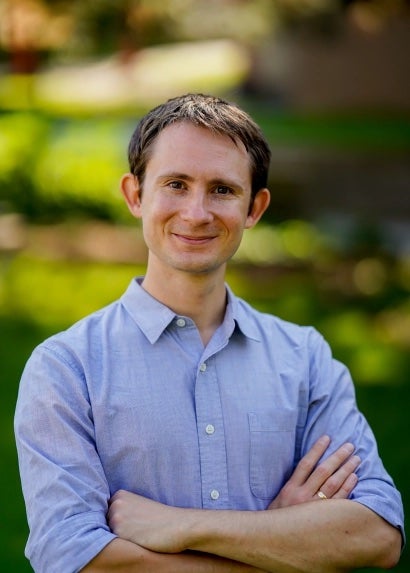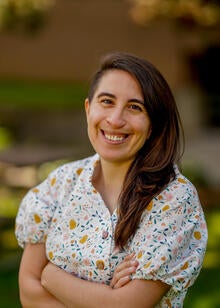
“Many of these students lack confidence in their own abilities and have some level of math anxiety,” Garcia explains. “We tried to build a course that would grow students’ confidence; give them space to try, fail, and try again; and make connections between the math they were learning and their own special interests.”
In collaboration with the Centre for Extended Learning, Mosunov and Garcia built MATH 106 around three principles: “people learn mathematics by doing mathematics,” “seeing is believing” and “keep the learner active.” They emphasized an interactive digital textbook, lots of visual examples and explanations and bite-sized chunks of material in their course design.
“The amount of effort they put into designing lectures, assessments, additional learning opportunities/resources, and, perhaps most importantly, ensuring a positive learning environment for each student, is outstanding,” says Mark Giesbrecht, dean of the Faculty of Mathematics.

“For teachers, I think it’s really important to start from a place of trusting your students: trust that they are trying to make choices, that they are making the decisions that are right for them in that particular moment and that they honestly want to do well,” Garcia says.
Garcia and Mosunov emphasized the help and collaboration they received from their colleagues in the Digital Assets Group and the Centre for Extended Learning, their co-ops, and their students. “I have a feeling of deep gratitude for the opportunity to work with such an incredible team,” Mosunov says.
To learn more about the Excellence in Online Course Design award, and further educational development resources, visit the Centre for Extended Learning website.